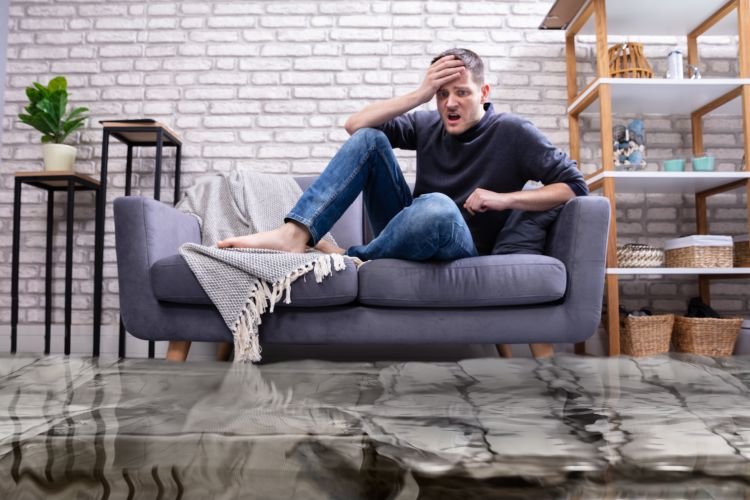
After a water damage situation, a homeowner must act quickly to prevent further property and possession damage. In such a case, the first step should be to locate and stop the water source. Unfortunately, stopping the water from entering your home might be impossible if the flood results from a natural calamity. However, there are things you can do to save your valuables before they’re destroyed. If you’re currently in this situation, read along to learn practical steps you can take to protect your valuables.
Contact Your Insurance Company
Before you save your items, taking as many pictures of the destroyed things as possible is essential. Take photos from every angle, and don’t ignore even the tiniest damage. These pictures will come in handy when proving the extent of the damage your property has encountered. Once you’re done, contact your insurance company and begin the restoration procedure.
Hire Water Damage Specialists
Water damage specialists are better positioned to save most of your items and prevent further damage to your home. Water damage specialists have the knowledge and equipment to perform restoration procedures successfully. They’re trained to navigate a home with destroyed electrical cables, dry carpets, and wooden furniture to prevent mold growth. If this sounds like a real deal, learn more about why you should hire water damage specialists at their site here. However, if you prefer doing it yourself, continue reading the suggested steps below.
Make Your Priorities Clear
It might be impossible to save everything after a water damage situation. However, there are items that you’d want to prioritize. Items like important documents are things you wouldn’t want to lose. Therefore, determine what can negatively affect your life and save it first. Once you save vital items, begin saving the rest of your belongings.
Relocate Undamaged Items To A Dry Space
Before finding a secure place to store your items, relocate them from your water-damaged house to a dry space. Whether in your driveway or the garden, find a place where the valuables can no longer contact water. The more your items are subjected to water exposure, the more likely they encourage mold and mildew growth.
Air-Dry Your Items
Once your items are in a dry space, begin the air-drying process. Suppose you’ve stored your items in a building. In that case, you’ll need to open the windows and doors to encourage air circulation. You can also use fans, dehumidifiers, and air conditioners to dry the items. While you can use hair dryers to dry your belongings, sometimes it’s discouraged since they can cause irreversible damage. If the weather permits, place the items under direct sunlight to speed up the drying process.
 Be Careful When Handling The Wet Items
Be Careful When Handling The Wet Items
Delicate becomes more fragile when wet. Therefore, be careful when handling such items to avoid causing more damage. Remove photographs from soaked albums, paintings, and prints from frames and begin drying.
Clean Wooden Furniture
Wet wooden surfaces encourage mold growth. You should therefore ensure to clean and dry them correctly. You might need a soft-bristled brush to remove mud and debris if the furniture is soiled. You should also use mild household detergents to avoid damaging the furniture. Once they’re clean, sanitize and dry them thoroughly.
Salvaging Important Documents And Photographs
As already stated, saving important documents and photographs after water damage is vital. These items are delicate, hence should be saved first. Remove such items from the water and get rid of paper clips and staples to separate the papers. Then begin drying the papers. If they don’t dry within 48 hours, put them in a freezer to prevent mold growth, and later dry them. Placing white paper towels between wet papers can also help speed up drying.
Seal And Pack The Saved Items
Suppose your home is severely damaged. In that case, you’ll need to store your items in storage as you restore your home. Ensure to seal large items which are unable to pack in boxes. As for small items, pack them in boxes and name them carefully. This will ensure your items remain safe while in storage. Remember, you should only seal and pack dry items.
Final Words
Saving water-damaged items are more challenging than it sounds. A slight mistake can encourage mold growth on your items, posing a health hazard. It’s, therefore, vital to understand what to save and what not to. Knowing how to handle different things and dry them is also crucial. Since this task might be challenging, it’s essential to consider hiring water damage specialists to handle it.



